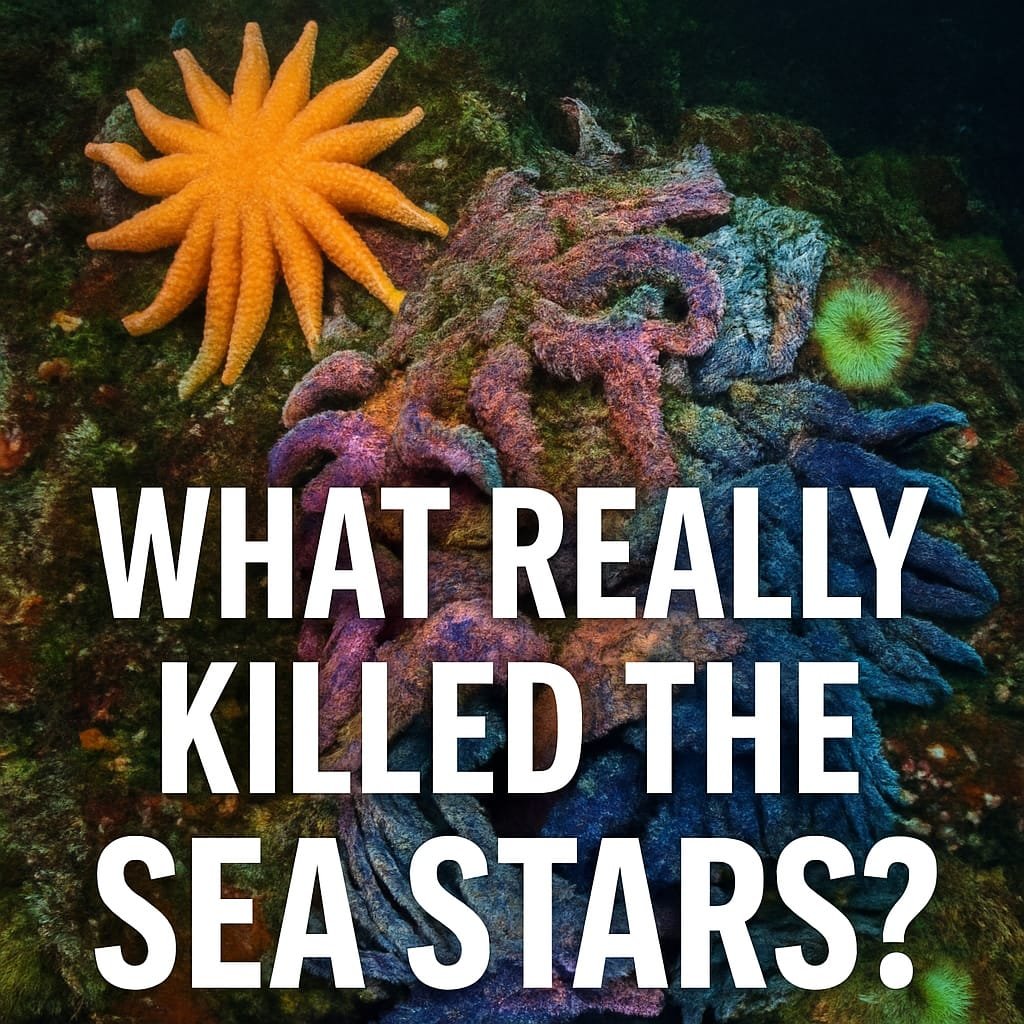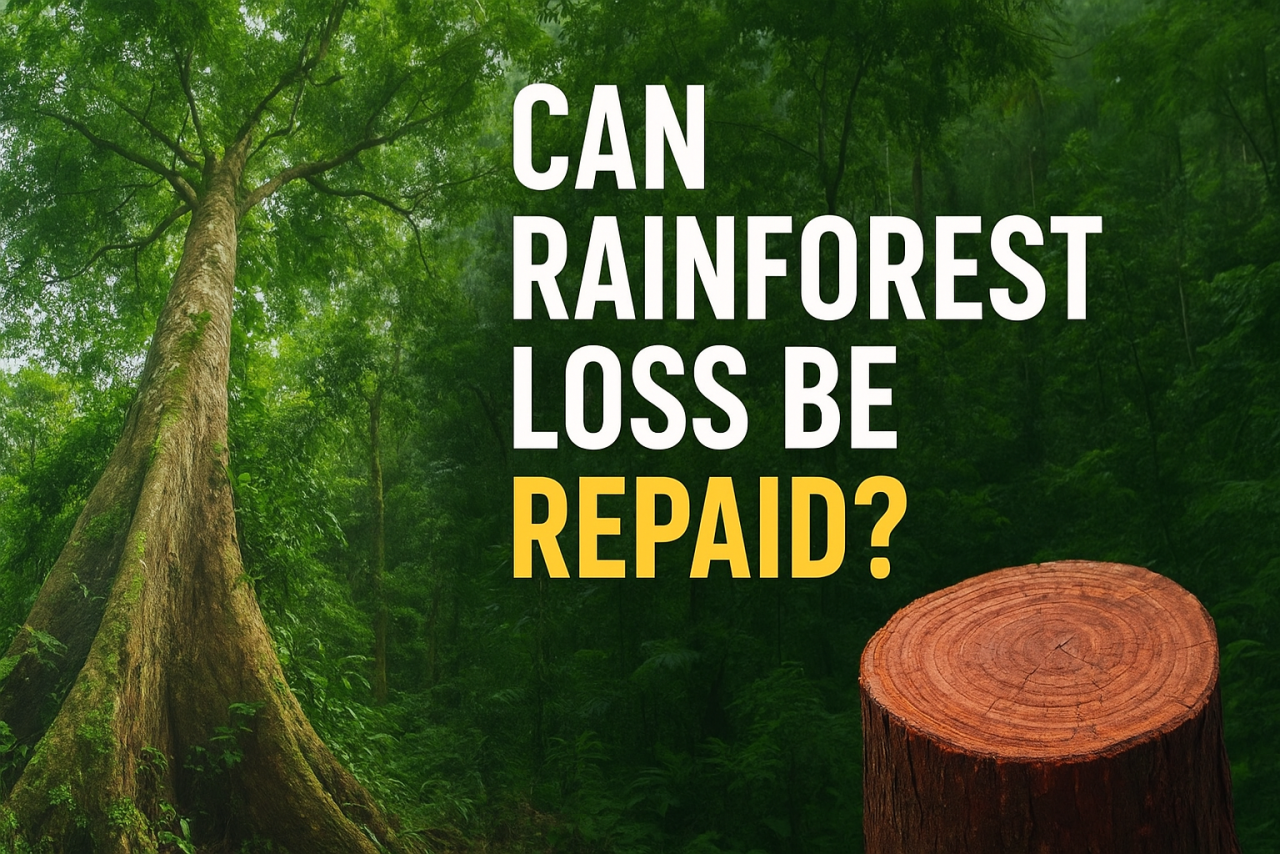
For years, no one could explain why sea stars were vanishing from the Pacific coastline. From Mexico to Alaska, these brightly colored creatures started dying off in huge numbers. Beaches once full of sea stars turned empty. It was strange and worrying.
Now, scientists say they finally know what caused it.
Back in 2013, divers and researchers noticed something odd. Sea stars, especially the sunflower sea stars with their many arms, were falling apart. Their bodies were getting soft. Some had twisted arms. Others had holes in their skin. In many cases, their arms broke off before the rest of the body melted into the seafloor. It wasn’t just one type of sea star. More than 20 species were affected. In total, over five billion sea stars disappeared.
People called it “sea star wasting disease,” but no one knew what triggered it.
After years of searching for answers, scientists have now found something unexpected—the culprit was a common ocean bacteria hiding in plain sight. It wasn’t a new virus or a strange invader. It was something ordinary that turned deadly.
The bacteria, called Vibrio, feeds on organic matter in the water. As it multiplies, it uses up oxygen in the space around it. Sea stars breathe through their skin. When Vibrio grows too fast, it removes so much oxygen from the surrounding water that sea stars begin to suffocate. Their bodies slowly shut down.
Alyssa Gehman, a marine ecologist at the Hakai Institute in Canada, explained it clearly. “The bacteria didn’t attack the sea stars directly,” she said. “It just changed the water around them so much that they couldn’t breathe.”
The research team found this out by studying dead and dying sea stars along the Central Coast of British Columbia. Their tissues didn’t show signs of an invading virus. Instead, the damage came from the outside. Low-oxygen zones had formed around their bodies, creating deadly conditions.
Melanie Prentice, one of the lead authors of the study, said earlier research focused too much on what was happening inside the sea stars. “We needed to look at what was happening around them,” she said. Once they did that, the pieces started to fall into place.
So, what made these common bacteria grow so fast in the first place? The answer likely lies in warming ocean temperatures. Warmer water holds less oxygen. It also allows more organic matter like algae or waste to build up. That’s perfect fuel for bacteria like Vibrio. As the bacteria grow, oxygen levels drop even more, creating a deadly trap.
Marine microbiologist Ian Hewson, who was not part of this study but has researched sea star deaths in the past, called the findings an important breakthrough. “It helps explain why the deaths were so widespread,” he said. “And it connects the problem to bigger changes in the ocean.”
Losing so many sea stars didn’t just hurt one species. These animals play a big role in their ecosystems. For example, sunflower sea stars keep sea urchin populations under control. Without them, urchins multiplied and chewed through massive forests of kelp, which are homes for many fish.
The die-off shows how small changes in the environment like warmer water or more algae can lead to bigger problems. The sea stars didn’t face one big enemy. They faced a quiet shift in their surroundings that slowly made survival impossible.
This new discovery won’t bring the sea stars back overnight. But it gives scientists a clear direction. By watching ocean temperatures and managing pollution, they hope to prevent similar disasters in the future.
The ocean is full of life we barely understand. Sometimes, the biggest threats are not the loudest or the most obvious—but the ones that quietly change the rules of survival.





















